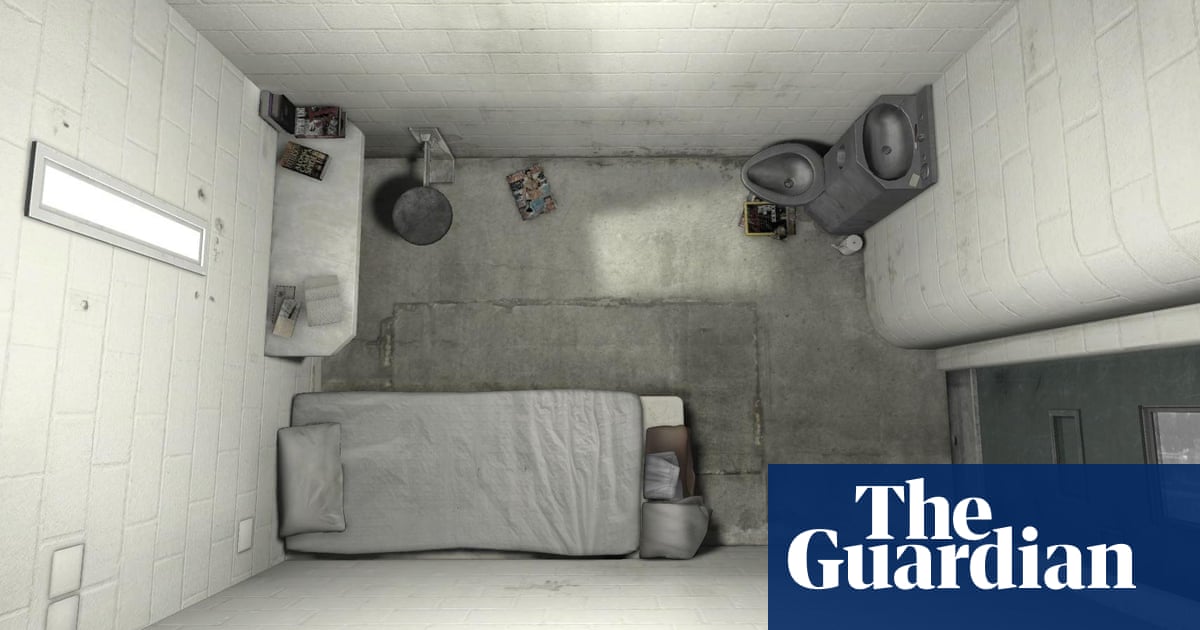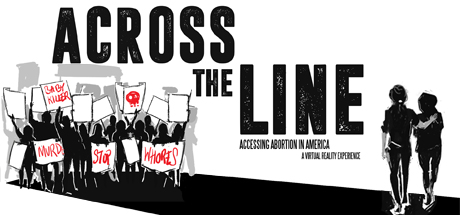By Amshu Medapa

“Within a couple of minutes, I was completely claustrophobic,” said Cathy Hackl, in response to a VR experience called 6×9 developed by The Guardian. The 6×9 VR simulation immerses the viewer in a prison, giving them a first-hand understanding of what it feels like to be in solitary confinement within a prison. They are transported to a tiny cell block and are completely immersed, for a time, in a lonely and frightening atmosphere. Hackl describes the experience as a first-hand experience of trauma that you can switch on or off because of VR technology.

There has been discussion and debate about the impact VR simulations can have on bringing about awareness on social justice issues and how VR can be used as a tool to increase understanding and empathy in viewers.

Being immersed in a VR experience that gives the viewer a taste of the environment an inmate may be confined to caused Hackl to bring about change and help prison inmates by improving basic living conditions. After she took the headset off, she decided she needed to join the VR movement and is now a consultant at top virtual reality and augmented reality studios that make experiences for viewers with a social impact focus. She is on the board of ‘ Virtual Relief’, a nonprofit organization that uses VR technology to help treat and rehabilitate seniors and hospital patients by immersing them in environments that entertain and alleviate stress and pain.
Cathy Hackl’s experience tapped into her innate human tendency to feel empathy for others. Social workers and activists have teamed up with tech professionals to help bring about awareness and change in society by sensitizing people to world issues.
Researchers have continually been concerned with the negative effects technology and media have on humanity’s ability to connect however the positives have rarely been assessed. With VR putting the viewer in someone’s shoes, there is potential to make people feel for others greater than ever before. In 2015, tech entrepreneur and artist Chris Milk gave a TED Talk in which he called virtual reality “the empathy machine” for its capacity to put people directly in others’ allowing them to feel empathy in its fullest form.

Another example of using VR to change people’s behavior while educating them about social justice issues is ‘Across the Line’ a film made by planned parenthood. The VR simulation places the viewer in front of an abortion clinic with pro-life protesters and activists screaming and hurling insults at them because of their choice to get an abortion. Planned Parenthood’s executive vice president and chief brand and experience officer, Dawn Laguens, shared the story of a conservative, anti-choice lawmaker whose worldview was altered after he experienced “Across the Line,’ and was visibly shaken by the behavior of protestors outside the clinic.

The United Nations has also recognized the impact VR can have on viewers and has developed different simulations such as one that immerses people in war-torn Syria, allowing them to experience a few seconds in a war zone. There are multiple VR experiences that give viewers the feeling of speaking directly to a sexual assault or Holocaust survivor and nonprofit organizations are using an Android app called ‘Within’ to tell VR stories that raise awareness about these issues.

As technology continues to develop and change the way we live our lives, it is apparent that technology has immense ability to bring people closer to one another, with VR enabling us to understand what it means to live another person’s life, even if it is for a few minutes.

I feel like the main roadblock VR faces currently is that it’s too expensive and inaccessible. I remember seeing VR rigs set up at malls and similar locations where people could pay to have a one time VR experience, but that definitely isn’t happening during a pandemic. I do believe however that as technology progresses VR will become more accessible to the general public, allowing more people to benefit from it.
I found this article super interesting! I have a VR (it hasn’t been set up for a while because I just moved houses) and I never thought of it being used for the function of promoting social justice. I had the same thought as Matthew did while reading this article though — a big majority of people probably will not have access to a VR system, so I am not sure how effective it will be. The VR system is expensive and also it requires a big space to be set up in. Still, I am hopeful that as technology advances it should become easier to set up and cheaper to buy and more commonplace.
This is very interesting, and I also agree with the above comments. It may be that in 10-20 years VR will be an everyday device people use, but there’s likely a lot of time to cover before then. I also think it is questionable how much VR can really make you feel like you are in a war zone, for example. I doubt it is anywhere close to the same experience, however it may still generate empathy in the user that has a positive effect.
I have never thought about VR being used in this way, so this is very interesting! The use of VR can be really extensive. As for the social justice experience, I’m not sure how effective this will be on all situations. For example, having the experience of living amidst war will certainly create empathy, but how would individuals then go about making a change to these seemingly out-of-reach problems? I feel like VR experiences will be most helpful when an individual has a power to make a direct change to whatever experience they are viewing through VR.
I think the most important thing to keep in mind when considering technology like this is that it should always be used to backup the arguments already being made by people in those situations, it should only serve to increase the power behind what people in those situations have been saying, instead of taking away from them and giving the spotlight to those “brave enough” to enter the VR world for just a few minutes. But otherwise, I think this is a great thing, there’s a real lack of empathy in today’s world, and any attempt at increasing it should be considered
This is an interesting topic, and I agree with a lot of what has been said in the comments already. I think we have to be careful about equating a VR experience to the real experience of something like prison confinement or war, because even though VR can be more immersive than a traditional video game or film experience, it’s still something that we can switch off at will, not something we are subjected to for days, weeks, or months on end, and not something that necessarily has lasting impacts on our lives. I do, however, believe in the empathetic power of art, and I think VR presents a great opportunity to connect people with narratives that they are unfamiliar with. I think a step forward would be to center and empower creators in VR who have lived experiences outside the norm; how would they tell their stories? What kinds of stories would they want to tell? Another classmate’s article discussed the “democratizing” effect of Flash on the animation world, and I think VR would benefit in similar ways from more accessibility and diversity.
I have never heard about this kind of thing before but I absolutely love it. I think that solitary confinement shouldn’t even exist so it’s great that a larger audience can understand its inhumane nature. I am all for this method of literally putting yourself in other’s shoes, but I do wonder about the availability of it. Personal VR headsets can be expensive, and I’m assuming that other existing demos of this are only at certain events or conventions. Still an amazing concept!
Taking the cost aside, I agree with what Eloise and Caleb said about taking those who have experienced social trauma in real life and validating their established perspectives into consideration before deciding to produce any form of advanced technology. While I understand the concern of equating a VR experience to a real-life experience when it comes to bringing social justice issues into the surface, I do think that the VR can be a step forward in hopes to make the general public more empathetic.